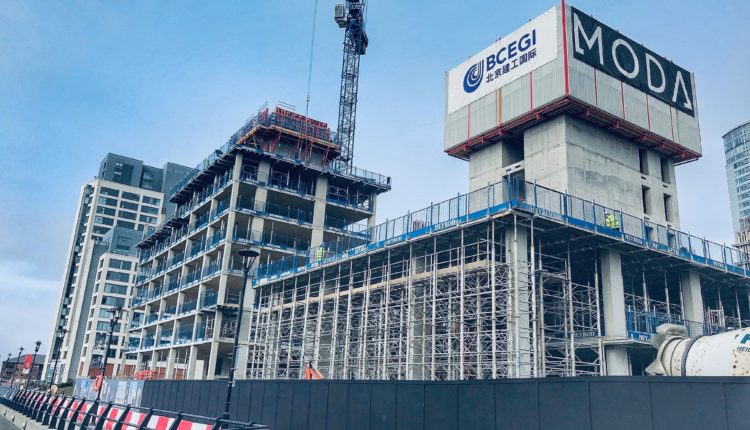
City Residential managing director Alan Bevan says the increasing number of people who cannot afford to buy a home are demanding high standards from their landlords. Tony McDonough reports

Liverpool is set to see a rise in build-to-rent (BTR) residential developments as the number of people unable to afford to buy their own homes continues to rise.
One of the city’s leading residential property experts, Alan Bevan, says the so-called “generation rent” is now demanding higher standards from rented homes – providing an opportunity for institutional BTR investors.
Higher standards
In his quarterly update on Liverpool’s residential property market, the managing director of City Residential, says there was a desire across the political spectrum to push up standards in the residential sector, offering an attractive environment for BTR investors.
He explained that tougher legislative and taxation measures had put the squeeze on traditional buy-to-let landlords with older properties making it more difficult for them to maintain the standards many renters were now demanding.
READ MORE: Elliot Group revives stalled Liverpool student scheme
Bad publicity around the fractional sales investment model, where private investors buy individual apartments, was also helping to highlight the attractiveness of the BTR model.
One of the most high-profile BTR developments in Liverpool right now is Moda Living’s £82m, 34-storey skyscraper, the Lexington, in Princes Dock Liverpool Waters. All of its 325 apartments will be exclusively for rent.
Political support
“With BTR delivering new, well managed, highly amenitised schemes it is not surprising that the sector appears to have the political support it has and appears to be performing well in many of the early schemes built so far,” said Mr Bevan.
“Apart from the obvious differential in quality one of the issues that we are experiencing with the existing PRS (private rented sector) market is that many of the developments/apartments are now 10/15 years old and are beginning to require upgrading/improvement works to satisfy the very growing demands of generation rent.
“Given the other financial/legislative demands on landlords many are struggling/unwilling to carry out these required works and are therefore suffering with static rents/losing tenants.”

Affordable schemes
He added that the rise in popularity of BTR won’t mean other models won’t continue to be part of the mix with PRS, in particular, remaining a popular class of investment.
Mr Bevan also said that renters were prepared to pay a little bit more for the extra quality of amenities. But he warned that if there is an economic downturn then peoples’ budgets will tighten and he urged developers and investors to focus on more affordable schemes.
“While there is no doubt there is room in all of the UK cities for top end, expensive BTR schemes we can’t help but feel the sector may be better concentrating on mid market product with affordable rents and lower levels of amenity,” he said.
“Renters are customers and they have a tendency to tighten their wallets in tougher times and this may well extend to their choice of rental home if they need to reduce their outgoings.”
